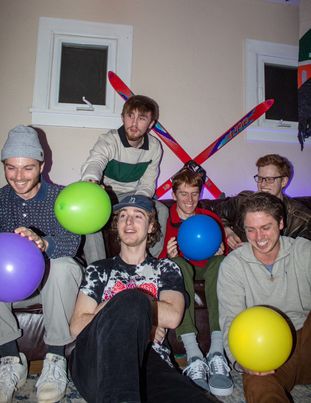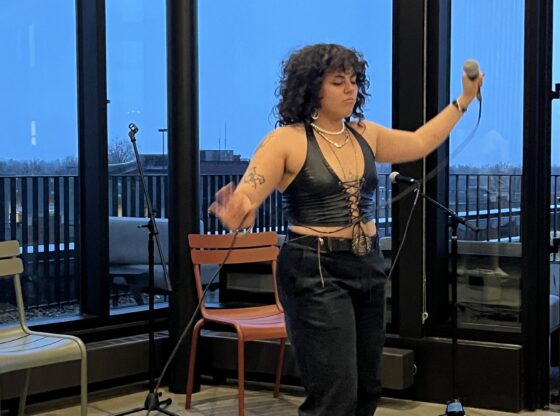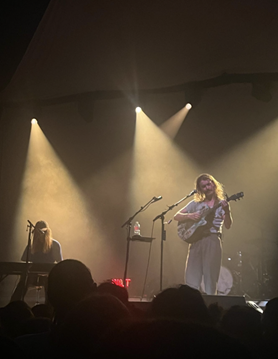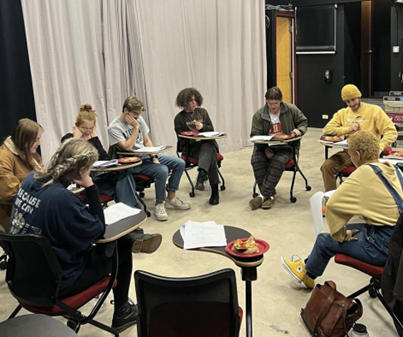A trio of DU professors has been collaborating on a project known as “Contemporary Urban Anthropology” – a theoretical real estate and urban planning concept that applies an anthropological approach to understanding our built environment. This interdisciplinary combination of expertise encompasses sustainable development/urban redevelopment methodology, focusing on the cultural aspects of society which create ideal living environments on ecological, financial and community levels.
The trio, from both the Real Estate and Anthropology departments, began their endeavor in 2010 after feeling pressed to action by the environmental and societal change occurring around them. Realizing the passion that could result from determining what types of recreational, educational or vocational facilities are truly needed within a community, Kyle Cascioli – adjunct professor for the Franklin L. Burns School of Real Estate & Construction Management at Daniels College of Business – developed a uniquely anthropological view of urban development.
“My whole professional life I have been fixing places ranging from contaminated factory sites to dinosaur shopping malls, the kinds of things in everyone’s neighborhood that sit there dormant and blighted,” said Cascioli. “While in Houston, I wrote a paper to memorialize my methodology of fixing these buildings. Coming back to Denver, I decided to reach out to the anthropology department; the paper resonated with Dean [Saitta], and we met and began discussing ideas.”
Saitta – professor and Chair of DU’s Anthropology Department – heavily advocates the relationship between the environmental sustainability/aesthetic advantages of a development and its resulting cultural satisfaction.
“My personal interest in our project focuses on the relative merits of different urban design and built environment models for supporting hydro-sustainability,” said Saitta. The intended outcome of the emerging Sterling Ranch development in Highlands Ranch envelops these interests: the community will “employ pioneering water conservation measures, including rainwater harvesting and a range of housing types and prices will be available. 35 percent of the house product will be priced below $200,000.”
Ron Throupe, the Real Estate Evaluation Expert for the CUA, has contributed his extensive appraisal experience to the understanding of a building’s “highest, best use,” which is often interpreted in terms of financial viability. “A building’s culturally appropriate use is its highest, best use,” said Throupe.
“When I joined Dean and Kyle’s collaboration, we started talking about urban form – we have to understand what kind of clients use each space.” Creating spaces adherent to differing cultural practices and norms enhances the ways in which the intended users receive and react to the environment, making it more welcome to the various types of people combined in any urban area.
“For example, we imagine how architecture would look different with the rising population of Latino communities in the Denver-metro area, designing apartment buildings meant to accommodate extended families, courtyards built for festivals and carnivals, etc.,” said Saitta. “This way of thinking runs the risk of stereotyping but commonalities can be found between cultures.”
CUA postulates solutions to the volatile housing market of the U.S., which might involve making the existing housing stock more affordable rather than cultivating new “affordable” developments.
In regard to the issue of homelessness, Saitta and Cascioli believe that “buildings themselves can serve as weapons in the war against homelessness” if they are constructed as more than “just a roof over the head,” incorporating aesthetically pleasing and communally enhancing aspects into “affordable” environments.
“What we’re trying to do is take our academic understandings and our empirical work experiences, our academic influences to positively impact real contemporary events as they affect cities and suburbs and western slope and the world,” said Cascioli. “To try and see landscape change in a way that appreciates human behavior and economic justice and that our communities don’t end up being polarized between poor and rich, without intercultural exchange or interaction between classes as a function of our society.”










